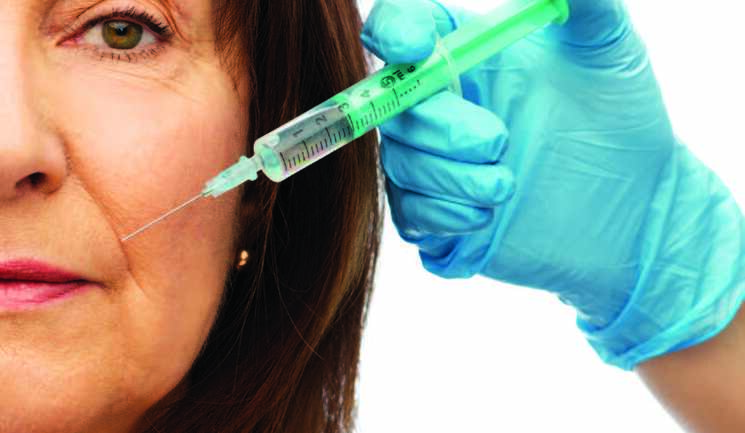Ahead of the Aesthetics Conference and Exhibition, journalist Allie Anderson speaks to three practitioners and ACE speakers who each discuss a case study of a patient they successfully treated with injectables
To access this post, you must purchase Aesthetics Journal Membership – Annual Elite Membership, Aesthetics Journal Membership – Annual Enhanced Membership or Aesthetics Journal Membership – Basic Membership.






